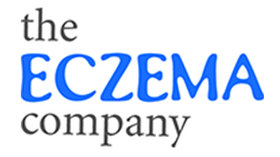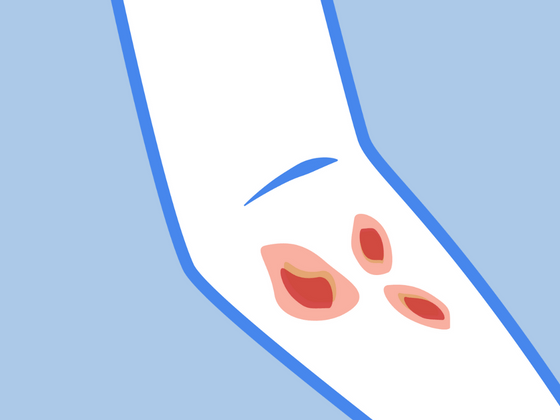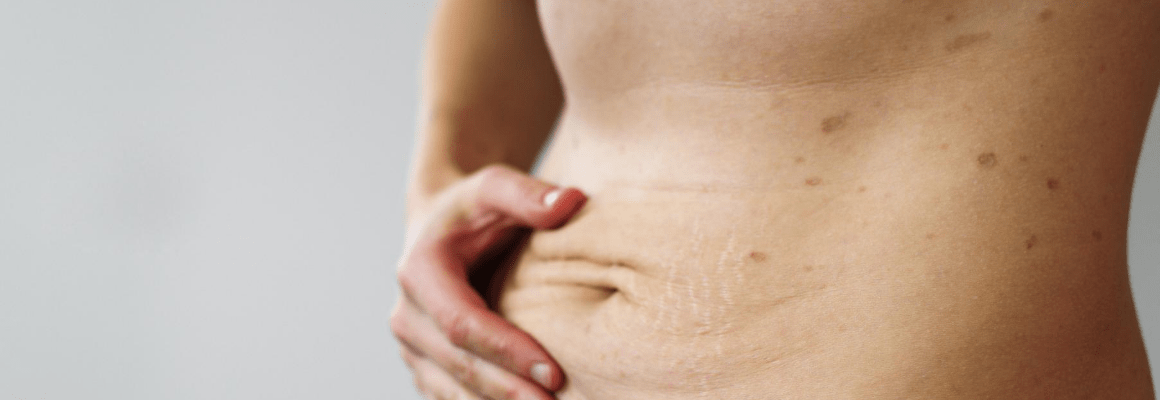What is DSAP?
Disseminated superficial actinic porokeratosis (DSAP) is the most common form of porokeratosis. Porokeratosis is a rare family of skin diseases that are characterized by a thin furrow (basically, a raised border!) surrounding the entire lesion. This characteristic border is called the “cornoid lamella” and is best seen with a microscope or specialized dermatoscope. Porokeratosis arises due to problems with a process in the skin called keratinization. Likely due to a genetic mutation, keratinocytes or skin cells are over-produced resulting in too many skin cells and abnormal skin turn over.[1]
DSAP tends to develop in the third and fourth decades of life. On average, women are 3 times more likely to be affected than men. Risk factors for DSAP include immunosuppression (e.g. cancer, certain immunosuppressive medications, etc), and lighter skin colors. It also tends to be inherited in an autosomal dominant pattern (through generations), so be sure to ask your family members about any similar skin disease.
Signs and Symptoms
The main sign of DSAP are FLAT, very dry, circular papules with a raised border - usually between 2-5mm in size.[1] They are frequently located on sun-exposed areas such as the arms and legs in a symmetric pattern. It is very rare to have these on your palms or in the mouth. “Disseminated” simply means that these flat lesions are scattered throughout the body rather than in one location.
DSAP lesions are usually not painful or itchy. Most patients tend to complain most about the visibility and appearance of DSAP due to its preference for highly visible, sun-exposed areas. Patients with DSAP are most likely to notice a flare-up in the summer.
Diagnosis
DSAP is usually a clinical diagnosis, meaning that a dermatologist will look at the lesion with their special magnifying tool - a dermatoscope - and make a diagnosis. Sometimes, a lesion will not look characteristic for DSAP, and a biopsy may be needed to confirm the diagnosis. A biopsy is usually taken at the edge of the lesion to try and capture a piece of the characteristic cornoid lamella.[1,2]
Conventional Treatment
Most cases of DSAP can be treated with lots of moisturization (emollients) and sun-avoidance. In more severe cases, a dermatologist may opt to treat with topical medications (creams or ointments) such as imiquimod 5%, 5-fluorouracil, a high potency topical steroid and/or topical retinoids.[2] One really important thing to know about DSAP is that porokeratotic lesions can turn into a cancer such as squamous cell carcinomas. It is important for people with DSAP to have frequent (aka yearly!) skin checks by a licensed dermatologist.[2]
Complementary/Natural Remedies
Moisturization is KEY in DSAP! One of the hallmarks of DSAP is DRY, water-starved skin due to the abnormal keratinization process in the skin. All patients with DSAP need a very good moisturizer. We love the following emollient to help hydrate the skin:
SUN Protection is a big player in our DSAP treatment strategy. Wearing protective clothing, wide brimmed hats, and avoiding peak sun hours (10am-3pm) are good strategies. For those who cannot avoid the sun, we recommend a UVA and UVB blocking sunscreen with SPF>30.
Remedywear™ Long Sleeve Shirt - ADULT Unisex - This long-sleeve shirt is made with TENCEL and embedded with anti-inflammatory zinc to protect sensitive skin areas on the arms, chest, and back.The shirt is soft, breathable, and features natural moisture-wicking properties to ensure comfort.
Remedywear™ Pants - ADULT Unisex - The soft silk-like fabric of these pants are cooling and breathable. The embedded zinc helps inhibit bacterial growth in fabrics to support healing, plus the light-weight fabric truly fits like a second skin.
Remedywear™ Long Sleeve Shirt for KIDS - Soft and breathable, this shirt helps protect the skin by offering a gentle layer of protection. Their form-fitting design makes them perfect for wearing underneath clothing without any added bulk.
Remedywear™ Long Pants for KIDS - Featuring a legging-like fit that makes them easy to wear, these pants enhance the use of topical creams. They are great for treating the thighs, legs, buttocks, and calves.
Remedywear™ Gloves for ADULTS - Soothe your hands, palms, wrists and fingers with these form-fitting gloves. Made with TENCEL and eco-friendly zinc, they’re breathable and comfortable to wear, without any sweaty irritation.
Remedywear™ KIDS Gloves - Thin and durable, these gloves feature moisture-wicking properties to prevent chafing. The perfect amount of latex-free elastane ensures that the gloves will stay in place without any rubbing or sliding.
Remember that these clothing are not meant for water play. For more tips on how to protect yourself from the sun, read Sun and Eczema: How to Protect Yourself This Summer!
References
- https://dermnetnz.org/topics/porokeratosis/
- Wolff, Klaus, Richard Allen Johnson, Arturo P. Saavedra, and Ellen Roh. “Disseminated Superficial Actinic Porokeratosis.” Fitzpatrick's Color Atlas and Synopsis of Clinical Dermatology. Page 93. 2017.
- https://www.ncbi.nlm.nih.gov/pubmed/28283894
------------------

Author
Bio: Laura is a contributor and content developer for The Eczema Company. She is in no way a medical professional. Her comments, suggestions, and reflections are not intended to replace any medical advice. Always seek the help of a medical professional before undertaking any diet or lifestyle changes.

Bio: Dr. Joanna "Asia" Jaros is a current Dermatology resident at Cook County Hospitals and Health System (CCHHS). Dr. Jaros is committed to providing compassionate, equitable, and evidence-based care for all of her patients. Her special research interests include eczema, chronic urticaria, and diet and lifestyle modifications in dermatology.








